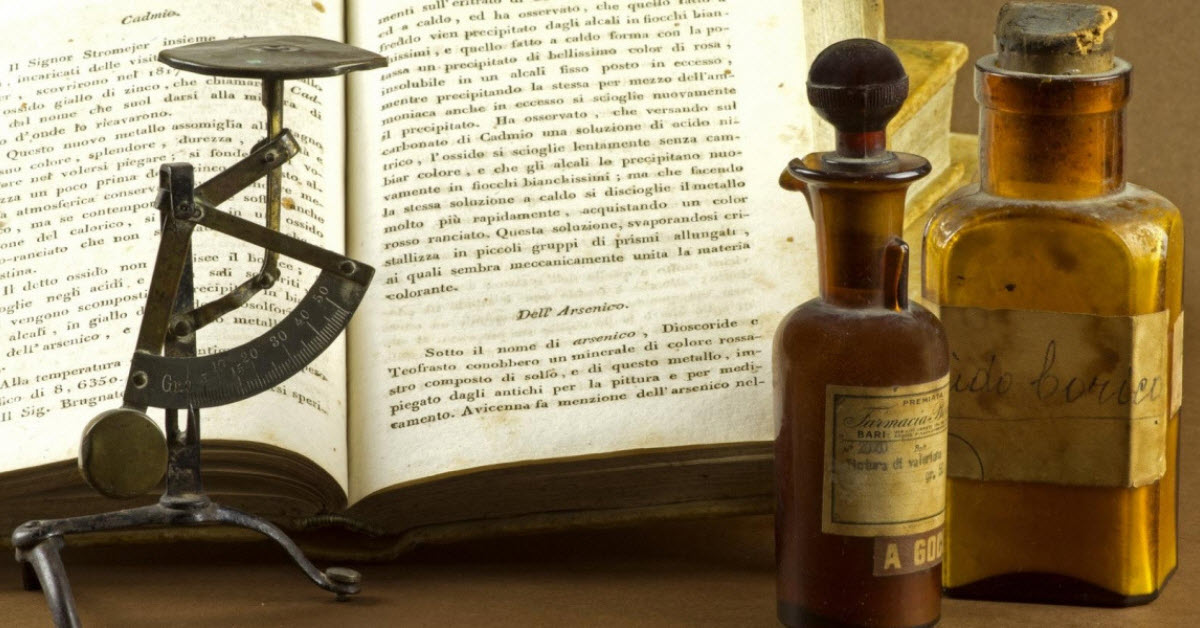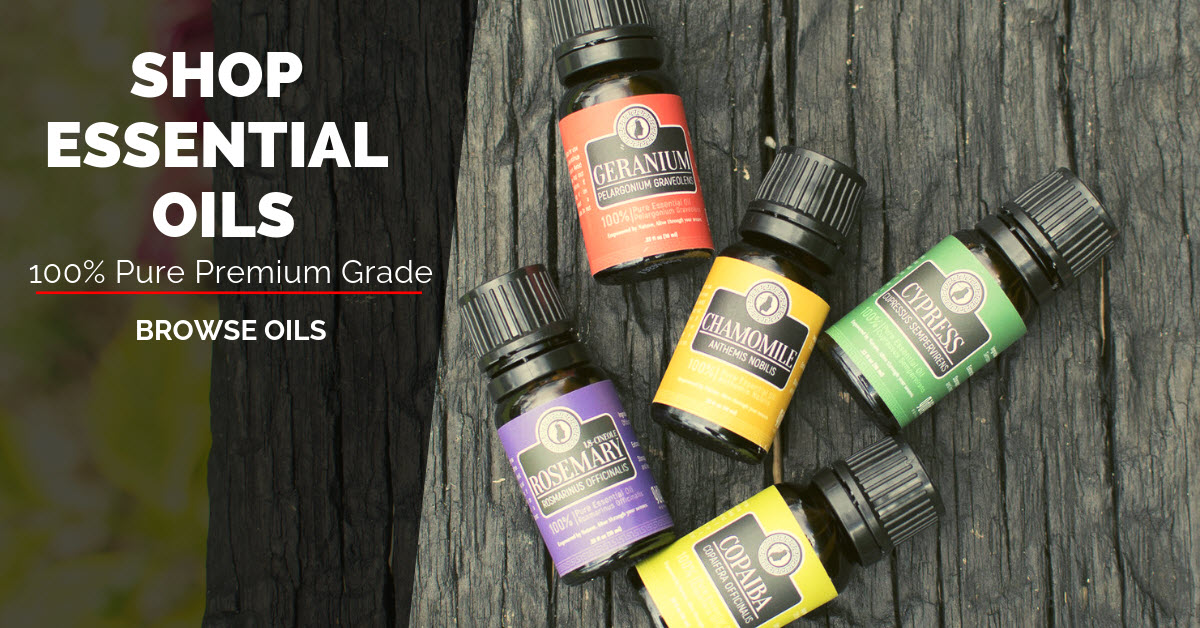So, you wanna talk the talk before the walk the walk? No worries, we got your back!
Here are the most popular essential oils terms, slang and words you should know so you’ll be able to keep up with your Aromatherapy enthusiasts friends. 😉
Oh and veterans? We’re sure you’ll learn something new too! Here we go:
Absolute
A liquid extracted from the plant using solvents as opposed to distillation. This is usually employed if the plant tissues are very delicate, flowers are extremely tiny or it has a very small essential oil yield that may be easier to access via this method.
Adulterant / adulterated
Sometimes an inferior or different essential oil or chemical may be added to the oil to increase its liquid volume. Always check the label to see if any adulterants are declared. For further clarity check a GC/MS profile.
Aromatherapy
The use of inhalation of essential oils to trigger changes in mood, emotions and memory via a primitive part of the brain called the limbic system.
Base Oil or Carrier Oil
A fixed, infused or macerated vegetable oil used as a means of diluting the essential oils to protect the skin and create an easier topical access, for molecules, into the blood supply
Blend / Synergy blend
A mix of two or more oils brought together, where the sum of the blend is more powerful than its component parts. Here, essential oils work “synergistically” to increase each other’s potency and actions.
Botanical Name
The Latin Name of a plant. Correctly known as “Binomial nomenclature” The first word of the name refers to the Genus of the plant and the second to its specific species.
Chemotype
Often a plant may have different sub-species which look the same but when analysed show different chemical constituent profiles in their essential oils. These differences also affect the actions and properties of the essential oil and thus are highlighted as chemotypes.
CO2s
Similar to absolutes these have not been extracted via distillations. Here high pressure carbon dioxide is used on the plant matter to release its chemicals. Unlike most things, CO2 has an extra state to simple solid, liquid or gas. Hyper-(or super)-critical CO2 exists between the liquid and gas states, and can force far larger chemicals out of the plant matter than distillation can.
When the pressure is released a very fine extract remains, with no residue and smelling much closer to the fragrance of the plant.
Cold Press Extraction / Cold Pressed
Used predominantly for citrus oils, this processes, more correctly termed Ecuelle a Piqué covers the rind of the fruit with tiny pin pricks, then mechanically squeezes oil for the plant. This process carries considerable amounts of water into the oils and so they are then spun in a centrifuge to separate and discard the water.
Cold pressing
A similar process is used to extract carrier oils from nuts and seeds.
Common Name
More usual reference to a plant instead of using the botanical binomial nomenclature.
e.g Lavender – as opposed to Lavandula angustifolia
Compress
A cloth soaked in water with a couple of drops of essential oil. A therapist may use a combination of hot and cold compresses based on the temperature of the water used.
Diffuser
A mechanical device used to break down essential oil molecules and to disperse them into the air.
Diffusion
The process of using a diffuser. Read more: how to use essential oils
Dilution
Using carrier oils to spread the concentration of essential oils into a larger volume of liquid, thereby making them safer to use for topical use.
Distillate
The liquid produced when performing distillation
Distillation
The process of applying heat to plant matter to release essential oil molecules.
Steam Distillation has plant matter over the water, hydro distillation places the plant matter into water, and fractional distillation takes away distillate at varying points during the process.
Aromatic molecules collect in the steam produced. The product is cooled and separates into an essential oil and a hydrosol, hydrolat, or floral water.
Dram
A measure of volume approximately equal to 3.7ml
Dropper
Either a pipette or a small dispensing hole in the top of an essential oil bottle to aid more careful measurement of oils
Enfleurage
A now almost lost art of placing delicate flower heads into vegetable oil to draw essential oils out of the petals. This very costly and labor-intensive process provides an exceptional oil but is only really used extensively in India now.
Essential Fatty Acids
Nutritional components found in fixed oils that the human body requires to function effectively, but usually cannot manufacture itself. Consequently, we must find these via food.
Expression
Another term for cold pressing.
Extraction Method
Process used to capture the essential oil molecules from a plant
FCO
Fractionated Coconut Oil
Floral Water
(See distillation) Floral water is the liquid left behind when separated off from the essential oil. Floral waters contain trace elements of the essential oil but also their own properties having caught the water-based constituents rather than the oily ones. These are very gentle and beneficial products in their own right.
Fragrance Oils
Synthetically designed copies of essential oils useful only for their fragrance having no specific other properties.
GC/MS
Gas Chromatography and Mass Spectrometry – A scientific visual of the chemical components found in any batch of essential oil.
Hot Oil
Jargon for oils that have a fierce personality and can burn the skin.
Hydrosols
Another name for floral water
Infused Oils
Here plant matter has been placed into a fixed vegetable and left for a period of days to allow the essential oils to be saturated into the oil.
Insoluble
Will not dissolve
Internal
Usually pertaining to ingestion of oils but can also refer to rectal and vaginal suppository use of diluted essential oils. Read more about ingesting essential oils.
MLM
Multi Level Marketing companies.
Neat
Undiluted
Notes
Describes the volatility of an oil. Top notes have every small molecules that evaporate faster and tend to be uplifting. Base notes have very large molecules and are sedative in nature. Middle notes naturally sit somewhere in the middle and are ore balancing in personality.
Orifice Reducer
Small cap placed in the top of an essential oil bottle to enable greater control of drops.
Oxidise
Oxidation Process of the molecules gradually deteriorating and dying. Consider how an apple goes brown after having been cut. The process of decay is swift and relentless.
Patch test
Small test on the skin to reassure yourself that you do not react. Always do this diluted in carrier. Read more about testing new essential oils.
Phototoxic
Reacting to the sun. This pertains predominately but not exclusively citrus oils extracted by expression. Small amounts of lipids are carried across into the oil which can make the skin react fiercely. Best practice, with these delicate oils, is to keep the skin covered for around 12 hours before exposing to direct sunlight.
Pipette
Another name for dropper
Pure
Unadulterated
Resin
Sap exuded by a tree to repair cuts and abrasions in the bark and to protect from insect infestation
Restorative
Bringing back to natural well being
Sensitization
Over time the body can become sensitized to over exposure of essential oils. This may be the sudden appearance of skin reactions, headaches or breathing issues. These are as a direct result of overuse without diluting or working in inadequately ventilated areas respectively. Sadly, sensitization often tends to be a permanent change.
Soluble
Can dissolve
Solvents
Liquids to break down the essential oils chemical structure
Synergistic
Working together where the team is stronger than the sum of its parts
Synergy
The act of being synergistic
Synthetic
A man made chemical copy
Therapeutic Grade
A trademarked marketing term employed by Young Living Essential oils as a comment on their own internal vetting process. (Read more here)
Viscosity
Thickness of an oil due to the size and weight of its molecules.
Volatile Solvents
Liquids that vaporize at room temperature, this might be essential oils but also glues and cleaning chemicals for example
Volatilization / Volatile
How fast a molecule will evaporate based on its size and weight of molecules
Read Next:


